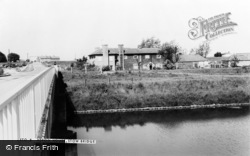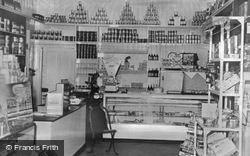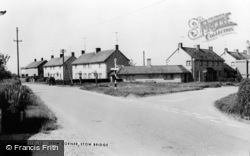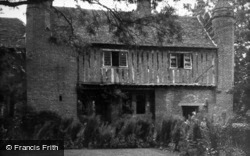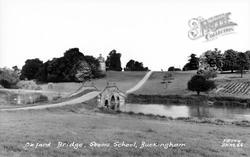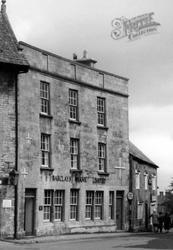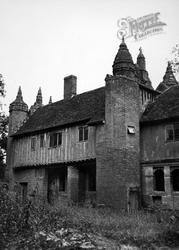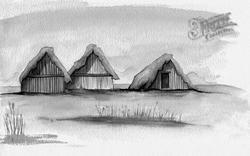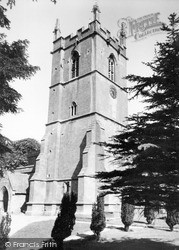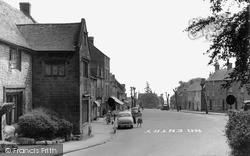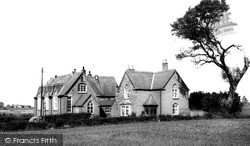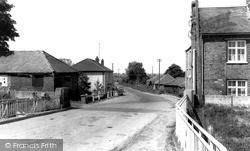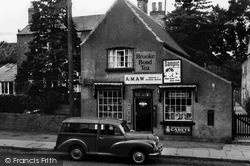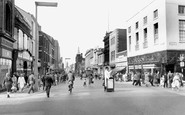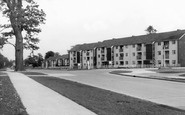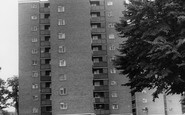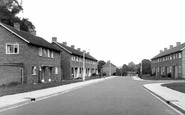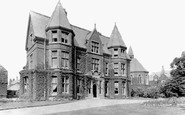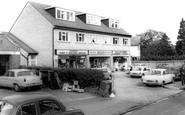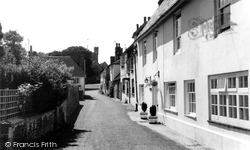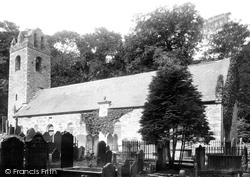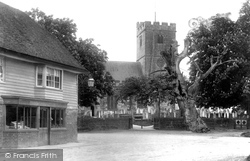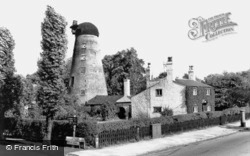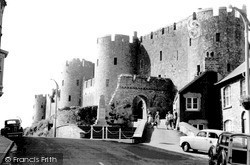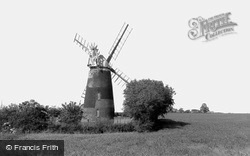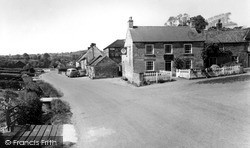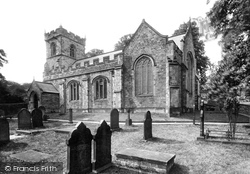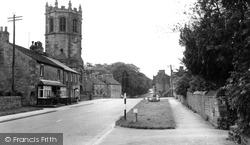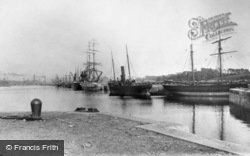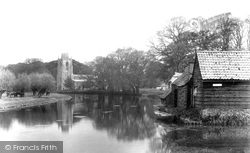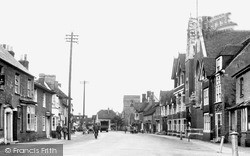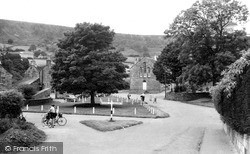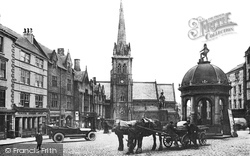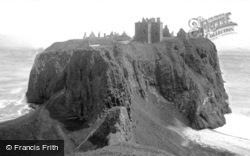Places
32 places found.
Those places high-lighted have photos. All locations may have maps, books and memories.
- Stow-on-the-Wold, Gloucestershire
- Stowe School, Buckinghamshire
- Willingham by Stow, Lincolnshire
- Stow Bridge, Norfolk
- West Stow, Suffolk
- Stow, Lincolnshire
- Stowe, Staffordshire
- Stowe, Lincolnshire
- Stowe, Gloucestershire
- Stowe, Hereford & Worcester
- Stowe, Shropshire
- Stow, Borders
- Church Stowe, Northamptonshire
- Hoffleet Stow, Lincolnshire
- Stow Park, Gwent
- Stow Bardolph, Norfolk
- Stowe Green, Gloucestershire
- Stow Longa, Cambridgeshire
- Upper Stowe, Northamptonshire
- Nether Stowe, Staffordshire
- Shepeau Stow, Lincolnshire
- Stow Bedon, Norfolk
- Stow Maries, Essex
- Stow cum Quy, Cambridgeshire
- Stow Lawn, West Midlands
- Lower Stow Bedon, Norfolk
- Normanby by Stow, Lincolnshire
- Stowe-by-Chartley, Staffordshire
- Sturton by Stow, Lincolnshire
- Idbury, Oxfordshire (near Stow-on-the-Wold)
- Broadwell, Gloucestershire (near Stow-on-the-Wold)
- Donnington, Gloucestershire (near Stow-on-the-Wold)
Photos
170 photos found. Showing results 61 to 80.
Maps
173 maps found.
Books
Sorry, no books were found that related to your search.
Memories
76 memories found. Showing results 31 to 40.
Preston,Fishergate. C.1965
I knew and worked with P.C. McGinty (P.C 100) in Preston Borough Police from 1965 to 1968, when I worked there as an Inspector, before moving again on promotion. By that time P.C. McGinty had, very sensibly, got himself a job ...Read more
A memory of Preston in 1965 by
Railway Street
I lived above the shop at 18 Railway St., which is visible just past the lamp post, from 1952 to 1961. At that time it was a branch of MacFisheries, where my father was the manager. Next to it looking down the road was Brookes & ...Read more
A memory of Altrincham in 1952 by
When My Nan Lived At Orchard Croft
When I think of Orchard Croft, I always think of happy childhood thoughts. When I was a child my nan lived at No 80 (unit block flats) from the early 1970s to the late 1980s. I will never forget that lovely large ...Read more
A memory of Harlow in 1978
Harrisons Newsagents
Just wondered if anyone remembers 'Harrisons Newsagents' based at 92 The Stow. My father opened this shop in December 1953, and it was for many years run by a manager - Mr Wood (Bert). The shop was sold in November 1980 and I ...Read more
A memory of Harlow in 1953 by
Memories Of Catford, Lewisham And Lee Green
I was born in Catford and from an early age knew the area well, having relatives in the area to visit. Great grandmother lived in Wellmeadow road and we lived in Broadfield Road from the 1960's onwards. ...Read more
A memory of Lewisham in 1970 by
Growing Up In Harlow
I was born in 1956 at number 63 Churchfields, close to the Old Town of Harlow. When I was 4 or 5 years old we moved to a Masonite in Mark Hall Moors, number 92. my first school was St. Albans near The stow and next to Our Lady Of ...Read more
A memory of Harlow by
Residents In Waltham Road, Woodford Bridge.
I was intrigued and interested to read Valerie Sims, (nee Stow) memories of some residents in Waltham Road, as I grew up there, and lived at no. 123 until 1969. I married a Cornish girl, and we moved to ...Read more
A memory of Woodford Bridge by
Also Shows Longmore Garage
This image shows Longmore Garage in the foreground. My friend Terry Stokes did his apprenticeship there. I spent many hours hanging out there and helping if I could. We also used their spark plug cleaner for ...Read more
A memory of Shirley by
Churchill Avenue
I moved to Beltinge in 1948 with my parents and we lived at number 8 Churchill Avenue. At that time the avenue was a prefab estate and was a baby boomer child's heaven -,and there were plenty of us. I have many cherished memories of ...Read more
A memory of Beltinge by
The Changes In Lifestyles
I was in school in Long Sutton and worked part time for Phillip Stow the butcher. I had to go round customers' houses in the morning and take orders for their meat requirements. I then went to school. After school I had ...Read more
A memory of Long Sutton in 1963 by
Captions
91 captions found. Showing results 73 to 96.
The church of St Margaret was rebuilt in 1852 and has a tower dating from 1507, which is just visible through the trees. The Pigeon House is a medieval yeoman's house.
A tower and spire were added in the 1880s, though the spire was eventually removed after suffering storm damage.
These features included a tower-keep separated from the rest of the castle by its own moat, multiangular towers, and ornate machicolations of the type seen here adorning the tops of the hexagonal corner
The paddler giving them a tow is an example of what had become the classic design for this type of vessel: a tall funnel immediately abaft of two large paddle-boxes.
This 15th-century church built of squared ragstone blocks has a tower 75 feet high standing amid a number of chestnut trees.
Crosby Mill is a good example of a tower mill, a design that appeared after the post mill was established.
In shape it would form an irregular hexagon, with a tower at each of the angles.
This example at Over is a tower mill with a rotating cap. The fantail would have rotated the cap to make sure that the sails faced into the wind.
The church of St Mary, off to the right, dates from 1120, with a tower of 1667. Born in the village was the 'mouse man', wood carver and furniture maker Robert Thompson (1876-1955).
Freight in the loaded open railway wagons, at the middle ground, awaits either marine or rail transportation, whilst the distant fixed supported gantry, leading into a towering warehouse,
The church of St Leonard has a tower of 15th-century origin, but there has been a church on this site since the 13th century.
The church has a tower built by Sir Edward Stanley, Lord Monteagle to fulfil the vow he swore before his victory at Flodden Field in 1513 - his patron saint was St Margaret.
She came equipped with a towing hook, so that if she came across any of the company's schooners becalmed, she could take them in tow.
The church of St James at Hemingford Grey comprises a chancel, a vestry, north and south aisles, a nave, a tower and a south porch. In 1741, the spire was blown off in a great gale.
In 1879 the prince's stand burnt down, and was replaced on a larger scale, with a tower at the rear.
It owes its name and its foundation to the five roads that meet in the town and the fact that at this point it was possible to ford the rivers Hit and Flit.
A tower is the only remaining part of the abbey itself. It was dissolved in 1535, and remained mostly intact until 1850, when mining brought a demand for housing.
This wonderful photograph shows a beautiful convertible car, probably belonging to one of the landed gentry; the two delivery men enjoy a break whilst their horses tuck into their nosebags; and the little
It was Sir William Keith, Marischal of Scotland, who built a tower house at Dunnottar in the late 14th century, and is said to have been excommunicated for his troubles by the Bishop of St Andrews for
Places (32)
Photos (170)
Memories (76)
Books (0)
Maps (173)




